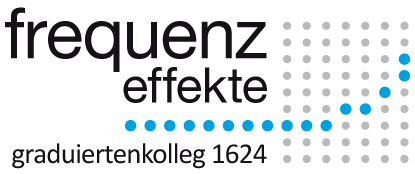Nikolay Hakimov (verteidigt)
A Usage-based Approach to Russian-German Code-mixing
| 1. Supervisor | Prof. Dr. Peter Auer |
| 2. Supervisor | Prof. Dr. Juliane Besters-Dilger |
| Abstract | My dissertation draws on a corpus of bilingual speech which I recorded amongst Russian-speaking communities in Germany. In code-mixing, stems from language A with affixes from language B alternate with fully-fledged constituents of language A used in the morphosyntactic context of language B. Although researchers widely report on this variation, explanations for it in the literature are controversial and remain unsupported by systematic empirical evidence. In this study, I provide empirical evidence on how frequency of co-occurrence of words and recency determine the choice between the competing structures. I predict the outcome of this competition by utilizing corpus-linguistic methodology and statistical modeling. I argue that an analysis that takes linguistic, usage-related and processing factors into consideration and allows for their interplays is robust in predicting variation in code-mixing. |
| Disciplin | German Studies |
| Languages | German, Russian |
| Research Direction | sociolinguistics, language contact, psycholinguistics, corpus-linguistics |
| Keywords | code-mixing/switching, frequency effects, recency, grammar/lexicon interface, chunking |


